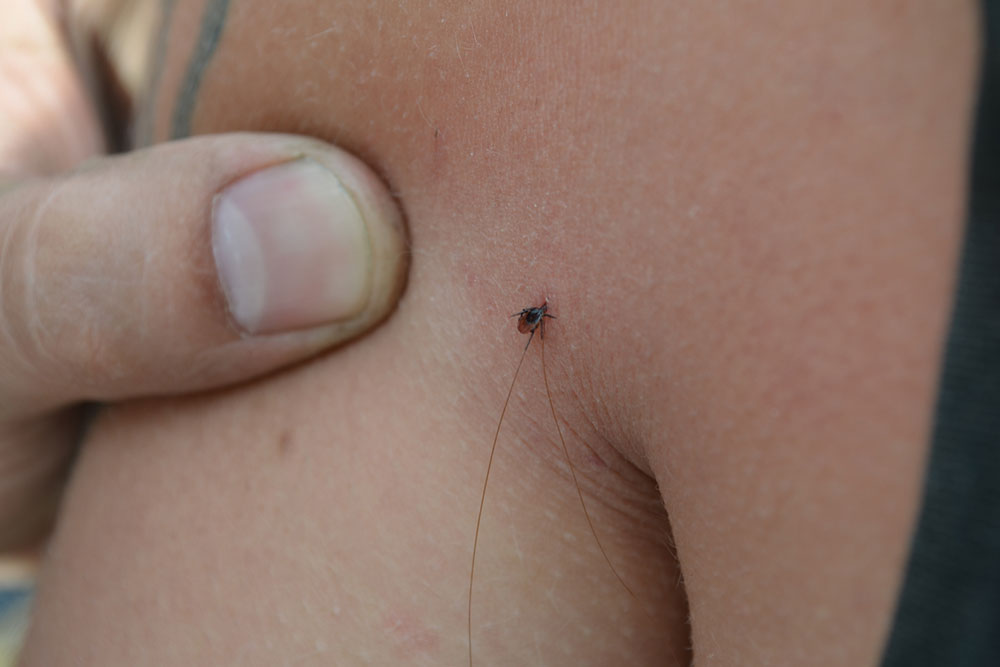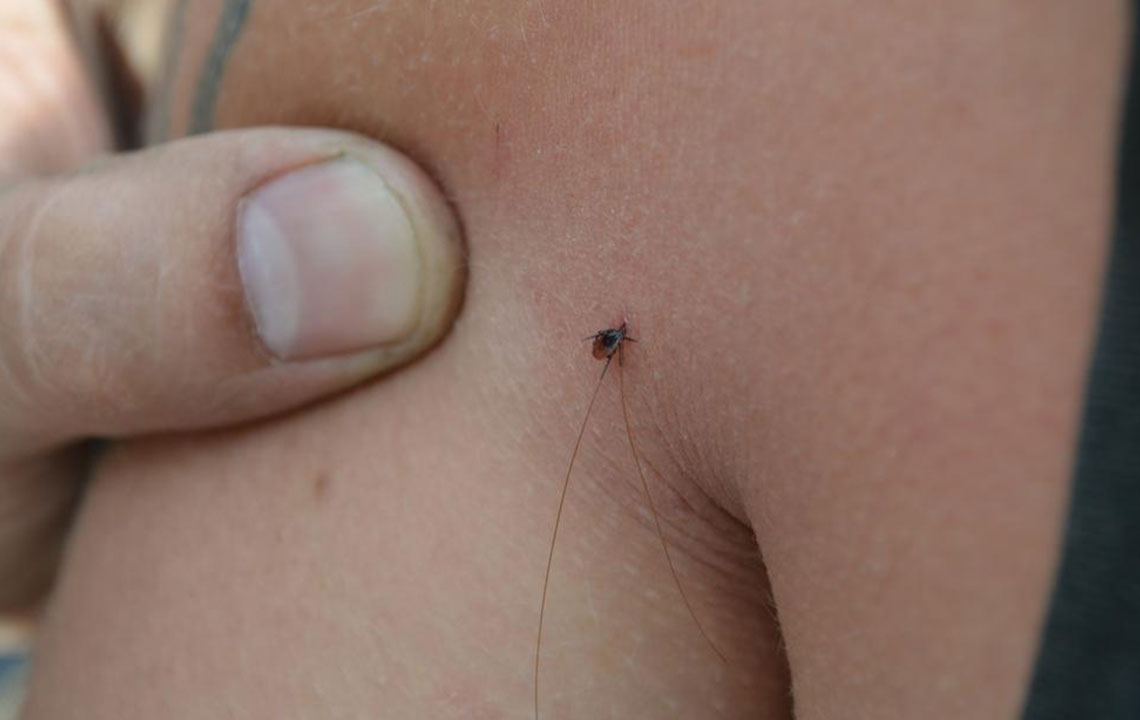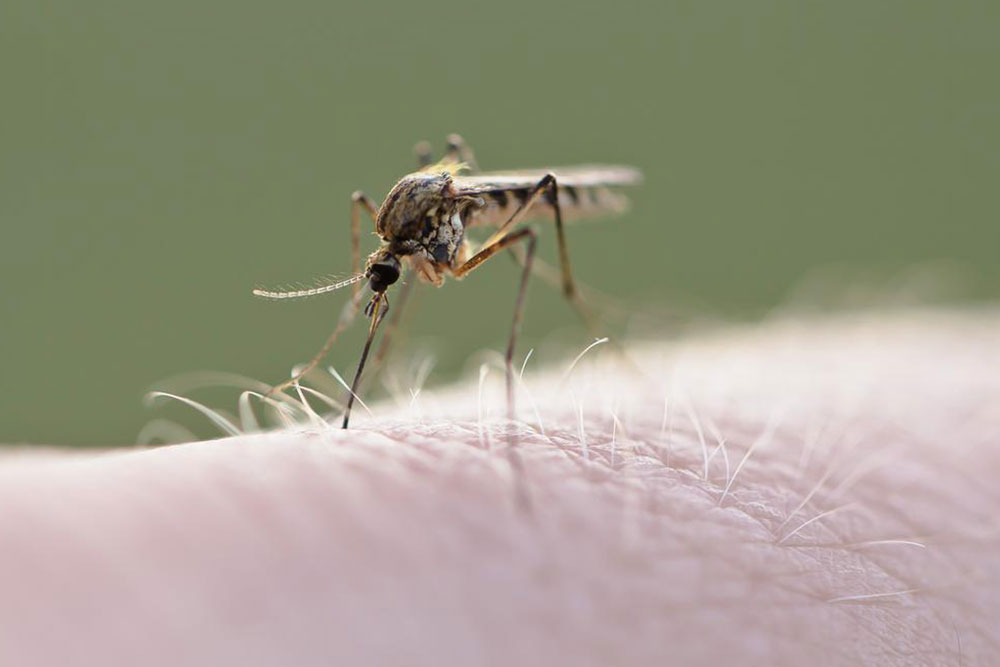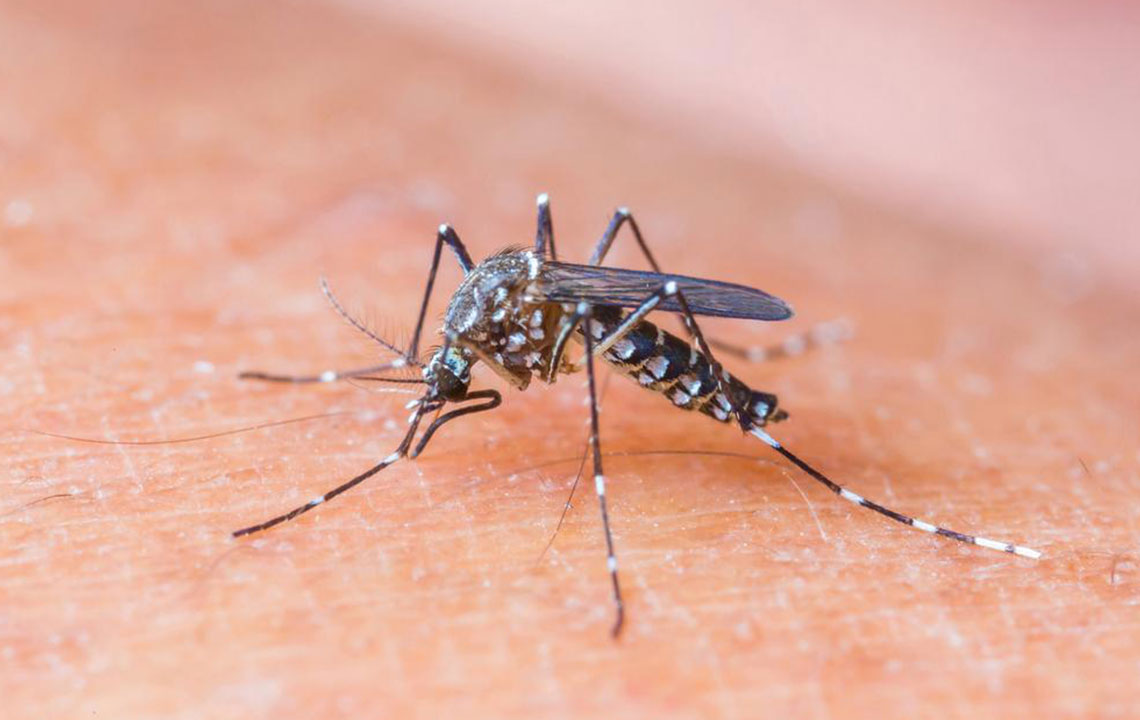Comprehensive Guide to Identifying and Managing Different Spider Bites
Learn how to accurately identify different spider bites, including those from venomous species like black widows and brown recluse. This comprehensive guide details symptoms, identification tips, and effective first-aid treatment to ensure quick recovery and safety from potential health risks associated with spider bites.

Comprehensive Guide to Identifying and Managing Different Spider Bites
Spider bites are often perceived as minor nuisances, but depending on the species involved, they can pose significant health threats and require prompt medical attention. Recognizing the type of spider bite early can make a crucial difference in treatment and outcome. There is a vast diversity of spider species across the globe—thousands of types—yet only a small fraction are capable of producing venom harmful to humans. Most spiders are harmless or only mildly venomous, and their bites generally result in minor skin reactions.
Typically, a spider bite results in a small puncture wound that appears as a red bump, usually healing within a week or so. Nevertheless, bites from venomous spiders that inject their toxins can cause severe symptoms and even serious health complications. It is essential to identify the signs and symptoms to ensure appropriate response and care.
Most spider bites leave a very small fang mark and do not penetrate deeply into the skin. These bites usually cause a small red bump that resolves on its own within a few days. However, bites from venomous spiders inject toxins that can lead to intense symptoms, necessitating urgent medical intervention. Recognizable signs of serious bites include significant redness, swelling, persistent pain, muscle cramps, sweating, difficulty breathing, nausea, fever, and abnormal blood pressure—all signals that require immediate professional attention.
Two of the most notorious species associated with severe bites are the black widow and brown recluse spiders. Proper identification of these spiders and awareness of their bite symptoms are vital for safety and swift treatment.
Black Widows: These spiders are easily identified by their shiny, black bodies and the distinctive red hourglass-shaped mark on their abdomen. They are typically about half an inch in size and prefer secluded, undisturbed areas such as garages, basements, sheds, and woodpiles. Initial bite symptoms often mimic an insect bite—with redness and slight swelling—but within a few hours, pain can intensify, spreading across regions including the back, abdomen, and chest. Other symptoms may include excessive sweating, muscle cramps, difficulty breathing, rapid heartbeat, nausea, and sometimes vomiting. If bitten by a black widow, immediate medical attention is crucial to manage symptoms and prevent complications.
Brown Recluse: The brown recluse is characterized by six eyes arranged in pairs, which makes it easier to distinguish from other spiders. Typically found in dark, undisturbed areas like basements, attics, or storage areas, these spiders tend to bite only when provoked and usually in self-defense. The initial sting feels like a mild prickle, but pain can increase significantly after several hours. A distinctive feature of their bite is the appearance of a white, blistered lesion with a surrounding red halo. Additional symptoms include fever, rash, stomach discomfort, and in some cases, deeper tissue damage. Proper clinical care is often required to treat bites effectively.
Other spider species that can cause mild adverse reactions include:
Hobo Spiders: Previously thought to be dangerous, hobo spiders are now generally considered less harmful. They tend to bite only when disturbed or threatened, producing an initial numbness, and sometimes developing into blisters filled with fluid within 24 hours. Bites are less severe but should still be monitored.
Tarantulas: These large, hairy spiders are often feared for their intimidating appearance, but their bites are relatively harmless. A bite from a tarantula resembles a bee sting and usually does not cause significant health issues. Identification is straightforward given their size and distinctive appearance.
If bitten by any spider, the recommended immediate steps include thoroughly rinsing the area with soap and water, applying an antibiotic ointment, and using ice or a cold compress to reduce swelling. Over-the-counter pain relievers like ibuprofen can alleviate discomfort. If symptoms escalate—such as worsening pain, spreading redness, or signs of systemic reaction—seeking medical care promptly is essential. Avoid scratching or irritating the bite area, and refrain from strenuous activities until fully healed to prevent secondary infections.




